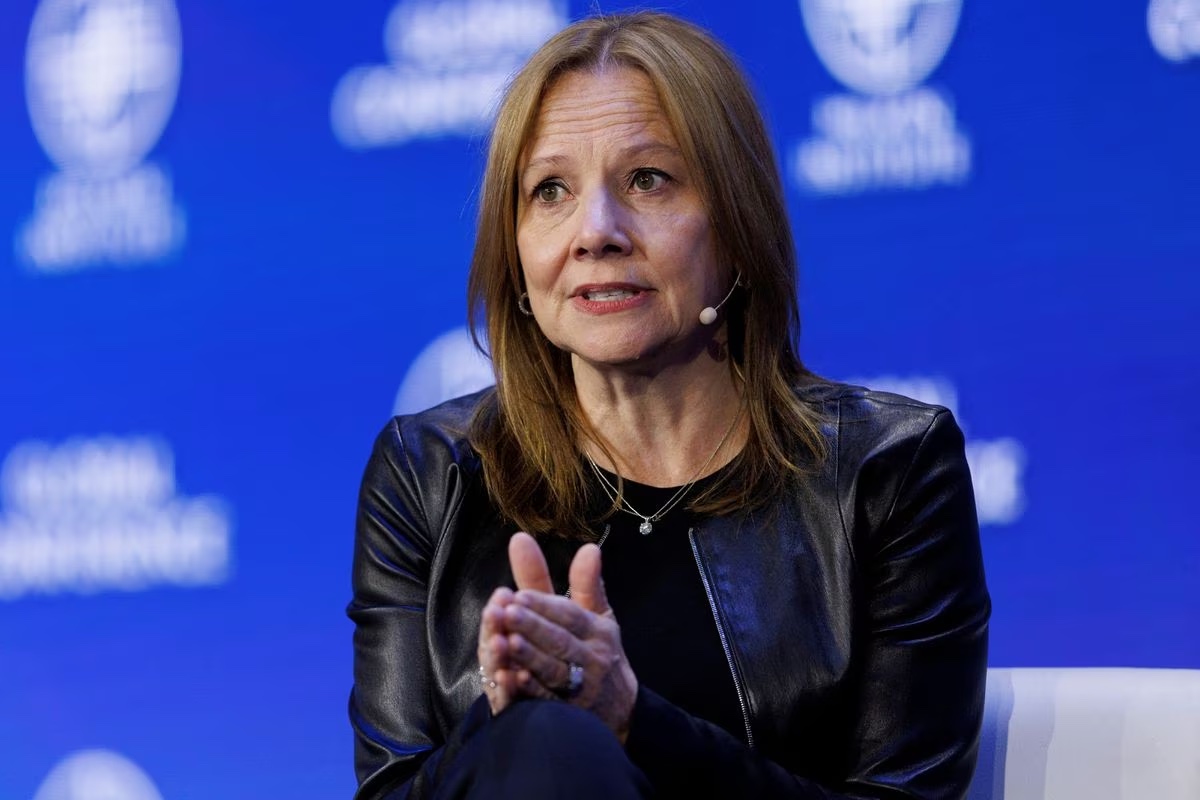DETROIT, June 2 (Reuters) – General Motors Co (GM.N) Chief Executive Mary Barra had a message on Friday for investors and rivals who see no profitable future in autonomous vehicles: You’re wrong.
Barra told attendees at a Sanford Bernstein conference she sees a “giant growth opportunity” in GM’s Cruise autonomous vehicle unit, and predicted personal self-driving cars would be on the market before the end of the decade.
Barra reiterated a forecast that Cruise could generate $50 billion a year in annual revenue by 2030. That target assumes deployment of Cruise technology and services outside the United States – Dubai and Japan are among the future markets – as well as expansion into goods delivery and personal autonomous vehicles, Barra said.
GM currently is losing money on Cruise at the rate of $2 billion a year. Rivals, including Ford Motor Co (F.N) and Volkswagen AG (VOWG_p.DE), have pulled the plug on autonomous vehicle efforts as losses mounted.
GM’s shares rose as much as 4% on Friday, but are still only 4% above $33 a share, the price of the automaker’s post-bankruptcy public offering in 2010.
Cruise has expanded this year into markets beyond its San Francisco base, including cities in Arizona and Texas. Barra said those states have a more welcoming regulatory environment for self-driving vehicles.
However, GM faces regulatory obstacles in Washington, where it has struggled for more than six years to get clearance to launch large fleets of purpose-built self-driving vehicles.
GM has petitioned U.S. vehicle safety regulators to deploy up to 2,500 of its Origin vehicles, which have subway-like doors and no steering wheel. The National Highway Traffic Safety Administration (NHTSA) has not acted on the request.
In January, NHTSA asked a series of additional questions including: “What types of testing does GM use to build confidence in operating at higher speeds? Is GM confident that there is no greater risk to safety as the speed of the vehicle increases?”
Barra also said GM had moved too slowly to launch electric vehicles in China. She said Chevrolet and Cadillac EVs launching in China over the next 18 months will be critical in rebuilding market share.
China’s crowded EV market is due for a “sorting,” she said.
Barra acknowledged that Tesla Inc (TSLA.O) has the lead in EV technology, profitability and scale, but said that lead is not permanent.
EV battery costs are still too high to build profitable mass-market vehicles, that sell for $30,000 to $40,000, Barra said. But she predicted EV and combustion vehicle costs will equalize “sometime in the latter part of this decade … maybe a little longer.”











